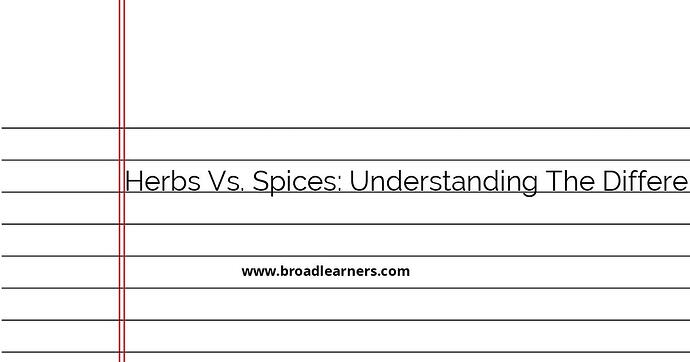When it comes to cooking and flavoring dishes, herbs and spices play a crucial role. Understanding the differences between herbs and spices can greatly impact the outcome of your culinary creations.
Distinguishing Herbs from Spices
Herbs and spices come from different parts of plants and have distinct flavors and uses.
- Herbs: Herbs are the leafy, green parts of plants that are typically used fresh or dried. They are often added to dishes during the cooking process or sprinkled on top just before serving.
- Spices: Spices are derived from other parts of plants such as seeds, berries, bark, or roots. They are generally dried and ground before being used to add flavor to dishes.
Examples of Herbs and Spices
- Herbs
-
- Parsley: Used to add fresh, bright flavor to dishes.
- Basil: Known for its sweet and slightly peppery taste.
- Cilantro: Adds a citrusy and herbal flavor to foods.
- Spices
-
- Cinnamon: A warm and sweet spice commonly used in desserts.
- Cumin: Known for its earthy and nutty flavor in various cuisines.
- Paprika: Adds a rich, smoky flavor to dishes.
Usage in Cooking
Herbs are often used to enhance the flavor or aroma of dishes, especially in delicate preparations like salads, dressings, or garnishes. On the other hand, spices are typically added in smaller quantities to provide depth and complexity to dishes, especially in cooked or simmered dishes like stews, curries, and soups.
By understanding the differences between herbs and spices, you can elevate your culinary skills and create dishes that are flavorful and well-balanced.
Did I miss anything? Respond below
